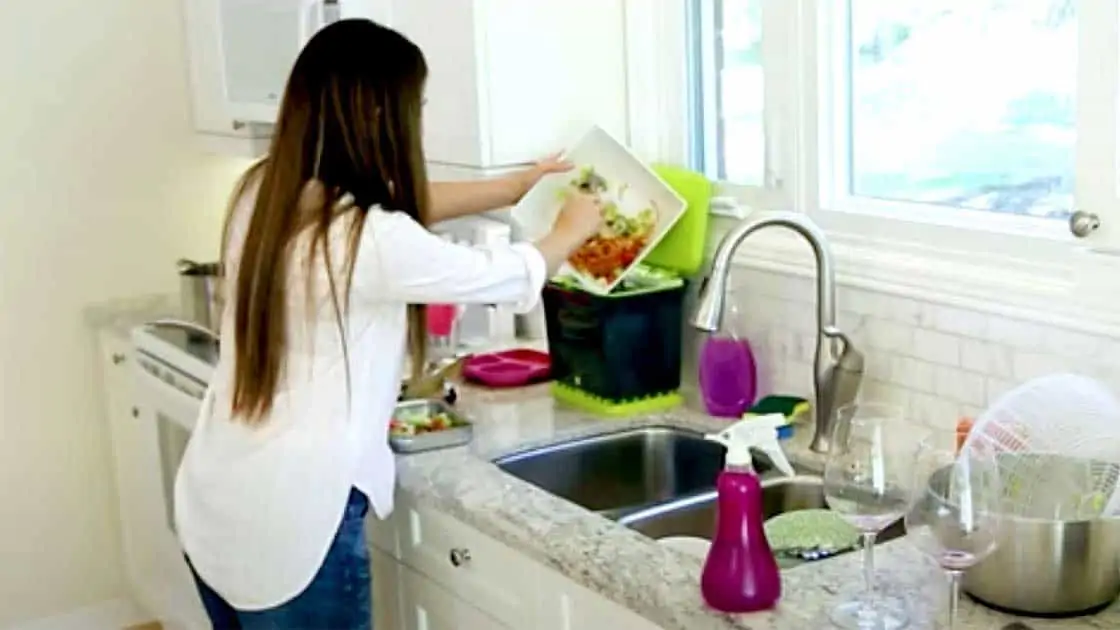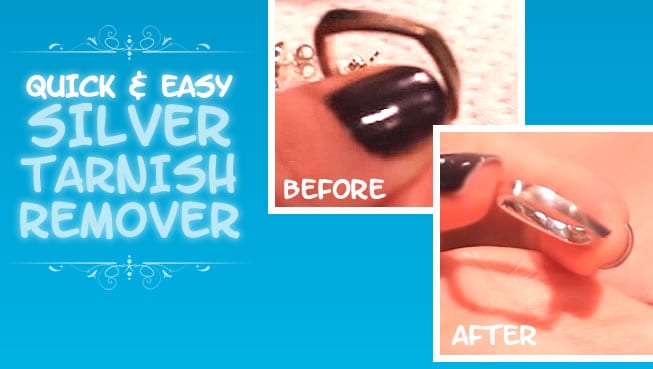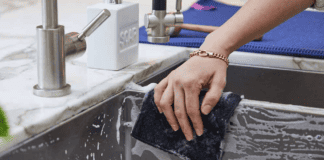We’ve always been big on reducing the amount of waste that our household generates over here at the Clean My Space HQ. Over the past year, we’ve all been facing situations where we’ve had no choice but to use a lot of disposable products which has, in turn, generated a ton of waste. This has undoubtedly pushed us a little off track in terms of our waste reduction habits. As we celebrate Earth Day 2021, I really want to nudge us back on track. As we start to get into this new normal, whatever it looks like, we have to start thinking about ways that we can reduce waste and get back to taking care of the environment.
Replace With Reusables
The first habit to undertake when you’re trying to reduce the amount of waste you generate is to question the things that you are repeatedly throwing out. To put it in perspective, years ago I realized that the razors I was using I was just using, chucking, using, chucking… you get the idea. Disposable! So, I thought, “There’s got to be a better option”, and I was introduced to this company that makes these fabulous reusable safety razors. You buy them once and then you simply replace the blades, so it greatly reduces the amount of plastic waste. Oh, and they’re beautiful! Another great example—my daughter Riley loves using straws, so we picked up some high-quality reusable straws. The same thing goes with napkins. We’ve built up a stockpile of linen napkins, which we use and then wash. Anytime you toss something and you’re noticing you’re repeatedly tossing it out, think about what that item is and ask yourself if there is a reusable version that you could replace it with.
Composting
The next habit to get into is composting. If you’re doing it already, you know the benefits of composting and if you’re not, it is so easy to start! The thing that you’ll notice is how much organic waste you generate, and in turn, how less often you have to tie and toss your regular plastic garbage bags. We keep a little compost bin underneath the kitchen sink and pretty much fill it up once a day.
Packaging Waste
When you’re shopping, a great habit to get into is to look for products that have clever and environmentally responsible packaging. One of my biggest pet peeves in the cleaning aisle is looking down and seeing row after row after row of plastic bottles that are going to be used and tossed. I’ve told you guys for years to keep your spray bottles, clean them out and reuse them for your own cleaning products but you can’t really do that with laundry detergent. This is one reason why I was so excited to try out Tru Earth Eco-strips. These are laundry detergent strips that you simply tear off and add to the drum of your machine. These are great because not only do they reduce packaging waste, but they reduce carbon emissions that occur in transport by 94% because of how slim and compact the product is. Amazing! As an added bonus there are no liquid or powder messes to deal with. 😛
FIFO
Next up is a habit that brings me back to my business school days, more specifically, my days of accounting class (which I didn’t love), where I learned about a principle called FIFO—First In, First Out. This is used not only in accounting, but also in food management at grocery stores and restaurants. The idea here is that the item(s) that come into your home first, are also the first to go out, thereby reducing spoilage and waste. What does this look like? Well, when placing groceries in the fridge (specifically stuff that can spoil), keep older stuff at the front and newer stuff at the back, which (hopefully) will remind you what you need to use up first. This is a great habit to bring into your own home, not only will it reduce waste but it will also save you money!
Upcycling
Another habit to think about getting into is to think about garbage and recycling as the very last resort for anything you’re trying to get rid of. Now, I’m not saying I want you to hang on to every single yogurt container that comes into your home—there’s a fine line between upcycling and cluttering up your home! What I am talking about is before you’re done with an item, think about whether or not there’s a higher and better use for it. Can you repurpose it and use it in a different way in your home? Is there someone you know that might need it? Is there a place where you can sell it? Finally, is there a place where you can donate it? A few examples—pillows, blankets, towels: pet shelters love these. Kids clothes: I go to a clothing reseller to buy and sell all of Riley’s clothing. If I’m looking for something random, I’ll post in a local Facebook group, or if I’m getting rid of something like clothing, I’ll use an app like Poshmark to sell it. Bottom line, find a higher and better use for things when you can so that you can keep it out of the waste stream.
Plastic Bags
We’ve sort of backpedaled this past year, but we were on a really good path when it comes to eliminating the use of plastic shopping/grocery bags. We’ve seen trends across the globe that tells us that these will actually be completely phased out in a few years. “There was a time where we used to use plastic bags every time we went to the grocery store”, and our grandkids are going to be like, “What?”. Finding alternatives to plastic single-use bags is soon going to be a requirement. Whether it’s reusable produce bags or reusable shopping bags—or just avoiding bags in general—now is the time to start getting into this habit.
Looking for a BETTER & EASIER Way to Clean Your Home?
Cleaning Expert Melissa Maker is here to help with her game-changing 3 Wave Cleaning System that will help you clean your house faster and easier than you ever thought possible!


















Thanks for all your practical suggestions. To avoid plastic stain remover and laundry bottles, I’ve been using Pink solution to easily make my own. The results are great and I save a lot of money besides saving plastic from the environment. There is a Canadian company making bath care and hair care products in recyclable aluminum tubes so that is what I want to try next.
Great tip Sue!
Thank you for the tip! Now there are actually “fake” plastic bags made out of potato starch.